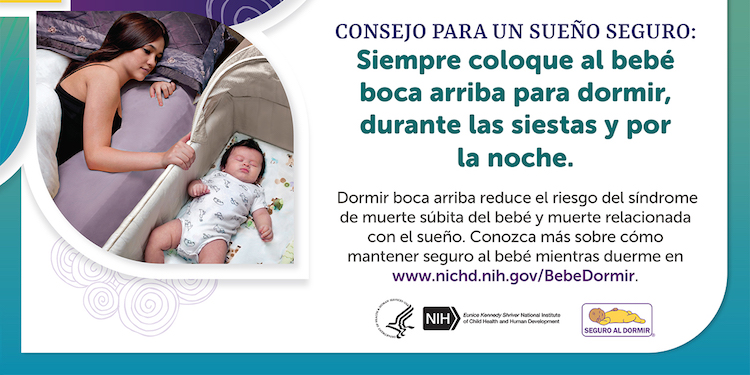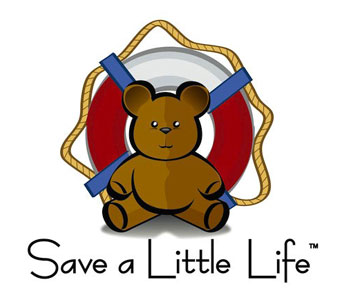Nowadays, most first time parents are well-informed about the current guidelines regarding SIDS, but are they practicing them?
Dr. Rachel Moon, MD, FAAP is a widely-renowned pediatrician and the chair of the American Academy of Pediatrics Task Force on Sudden Infant Death Syndrome (SIDS). In her most recent study (The Tension Between AAP Safe Guidelines and Infant Sleep, Pediatrics, March 2024) we learned that most people know the ABCs of safe sleep but are not practicing them.
“If I had to follow the safe sleep back is best and nothing in the crib and no contact sleeping, I don’t think that she would get much sleep, nor would I, so I don’t feel too confident in that.” – mom from Dr. Moon’s Study
And what about the other people involved in the care of your baby – Grandparents, family members, babysitters, nannies? Even if you share what you know, cultural and generational differences can sometimes cause people to question and maybe even ignore the information.
The first step towards safety is understanding why Safe Sleep practices are important. There are many resources available to help answer that question and below you’ll find videos, links, and downloads that can help.
For example, did you know…
The risk of sleep-related infant death is up to 67 times higher when infants sleep with someone on a couch, soft armchair or cushion?
Watch Charlie’s Story to find out more…
And did you know that the risk of SIDS is lower for children who breastfeed? If you’re a new parent or planning on having more children, we suggest you read our previous post Breastfeeding May Reduce the Risk of SIDS.
MUST-HAVE RESOURCES
for English and Spanish speakers (hispanohablantes)


DOWNLOADS | DESCARGAS
We highly recommend that all parents and caregivers read the article:
How To Keep Your Sleeping Baby Safe by Dr. Rachel Moon, MD, FAAP which offers excellent advice and numerous resources and practical suggestions on how to reduce the risk of SIDS.
To download a copy of the article, click here.
Recomendamos encarecidamente que todos los padres y cuidadores lean el artículo:
Cómo mantener seguro a su bebé por Dr. Rachel Moon, MD, FAAP que ofrece excelentes consejos y numerosos recursos y sugerencias prácticas sobre cómo reducier el riesgo de SMSL.
Para descargar una copia del artículo, haga clic aquí.
The NIH (National Institute of Health) has many resources available on the topic of SIDS, including videos and brochures for grandparents and other caregivers such as this video:
Video para abuelos y personas que cuidan un bebé
Safe Infant Sleep for Grandparents and Other Trusted Caregivers
For the English version of this video click here
ADDITIONAL DOWNLOADS | DESCARGAS ADICIÓNALES
 Safe Sleep For Your Baby (NIH)
Safe Sleep For Your Baby (NIH)
Safe Sleep for Your Grandbaby (NIH)

Sueño Seguro Para Su Bebé (NIH)
Sueño Seguro Para Su Nieto (NIH)
For more in-depth info, please visit:
NIH (National Institute of Health)
